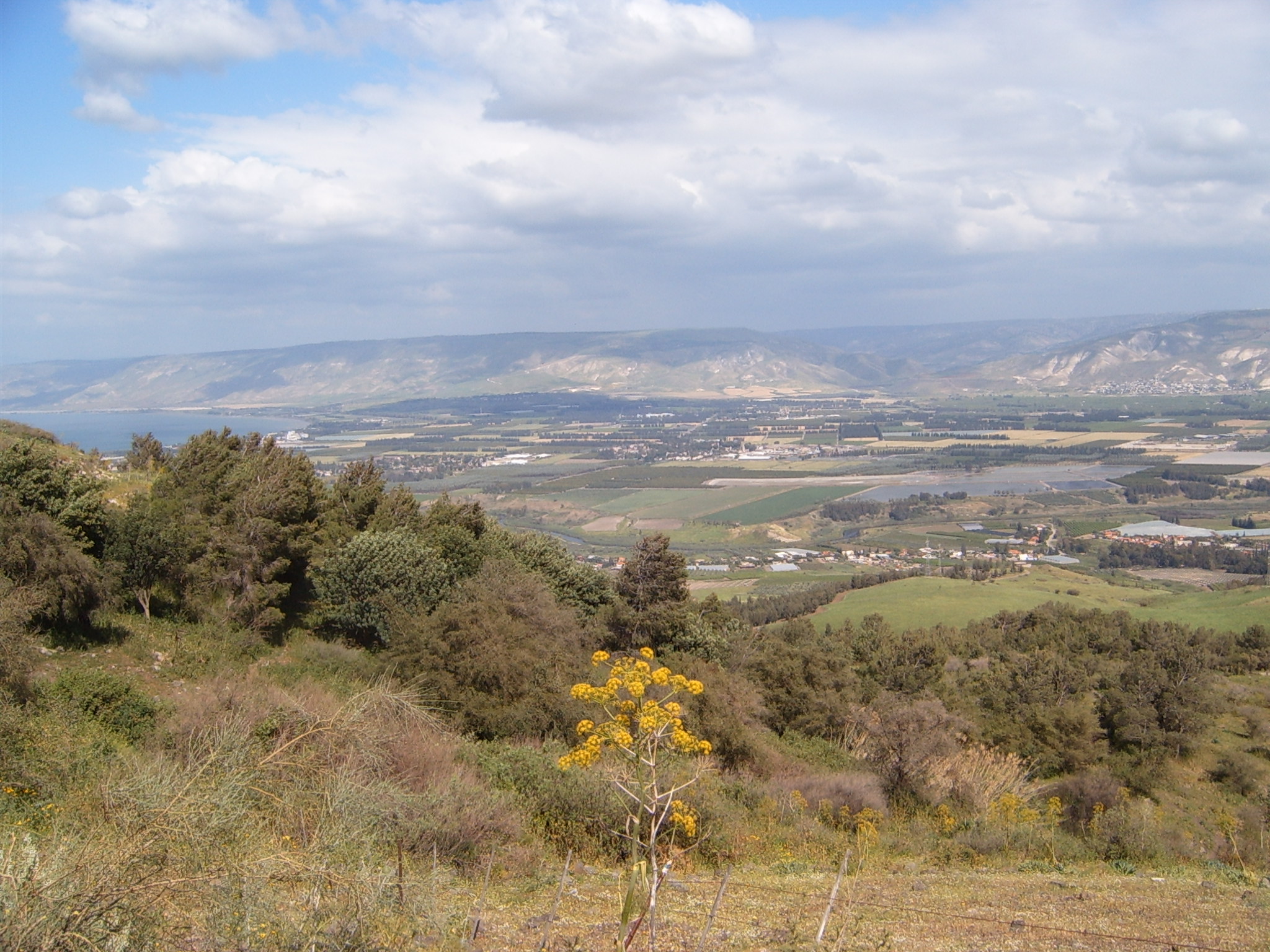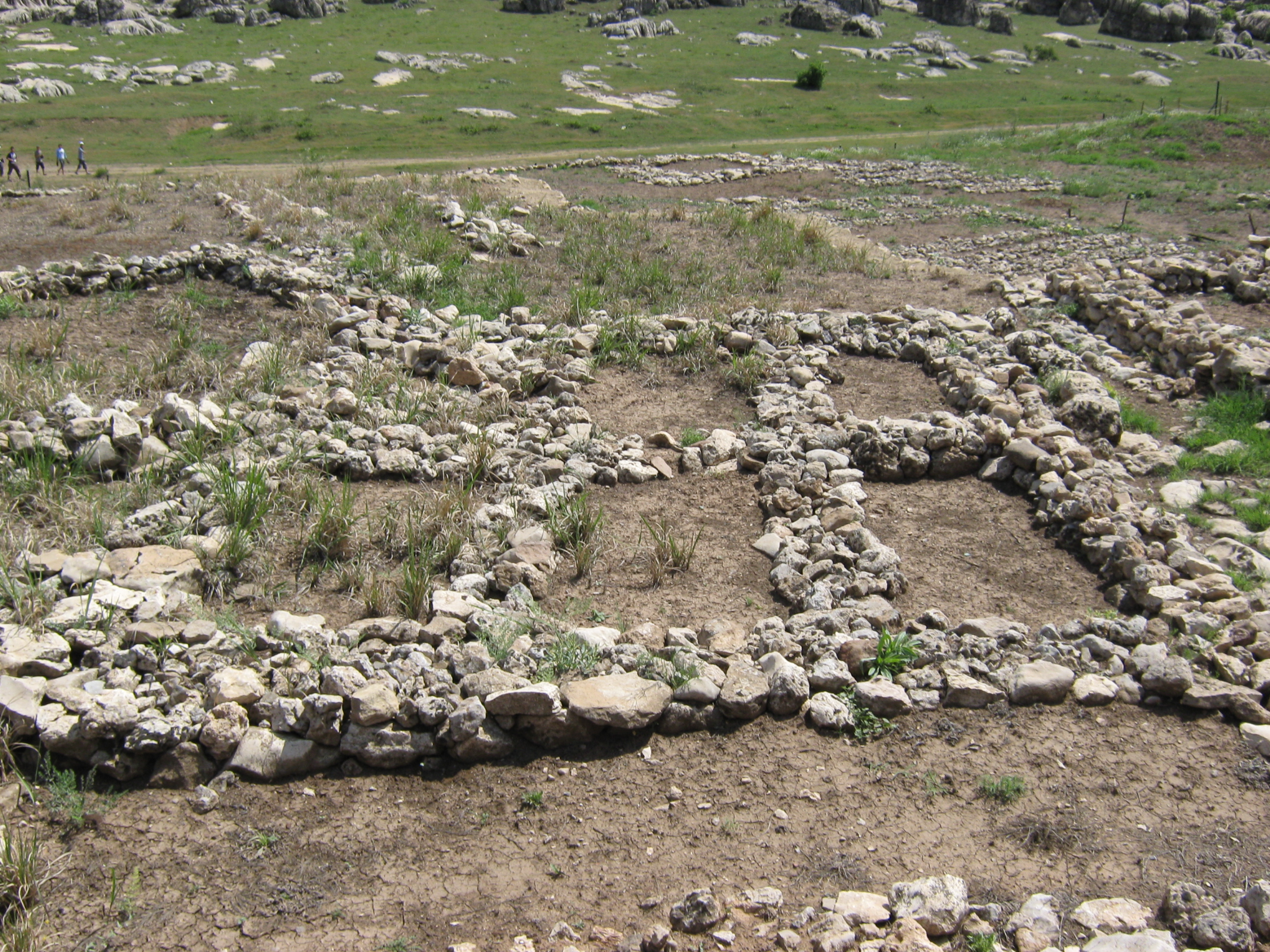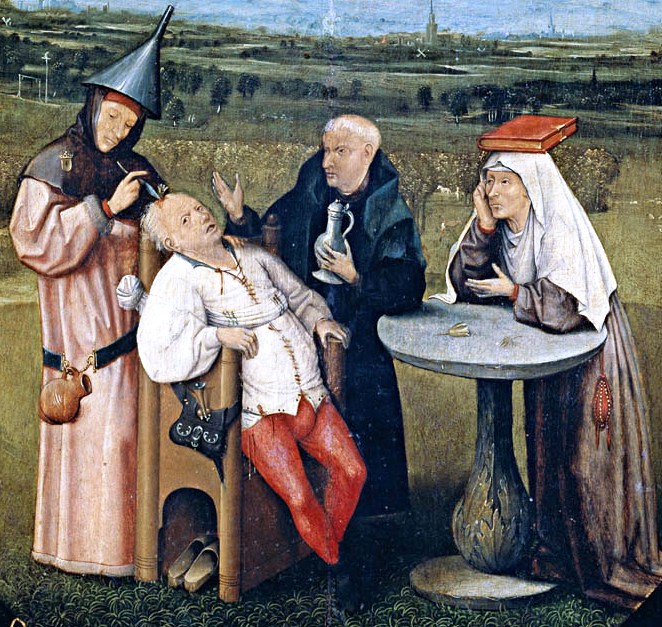|
Aşıklı Höyük
Aşıklı Höyük is a settlement mound located nearly south of Kızılkaya village on the bank of the Melendiz brook, and southeast of Aksaray, Turkey. Aşıklı Höyük is located in an area covered by the volcanic tuff of central Cappadocia, in Aksaray Province. The archaeological site of Aşıklı Höyük was first settled in the Pre-Pottery Neolithic period, around 8,200 BC. It is situated above sea level, a little higher than the region's average of c. . The site itself is about ,Esin, U., and S. Harmankaya. 1999. "Aşıklı". In ''Neolithic in Turkey: the cradle of civilization'', edited by M. Özdoğan and N. Başgelen. Istanbul: Arkeoloji Ve Sanat Yayinlari. considerably smaller than the closely situated site of Çatalhöyük (). The surrounding landscape is formed by erosion of river valleys into tuff deposits. The Melendiz Valley, where the Aşıklı Höyük is located, constitutes a favourable, fertile, and diverse habitat. The proximity to an obsidian source di ... [...More Info...] [...Related Items...] OR: [Wikipedia] [Google] [Baidu] |
Aksaray Province
Aksaray Province ( tr, ) is a province in central Turkey. Its adjacent provinces are Konya along the west and south, Niğde to the southeast, Nevşehir to the east, and Kırşehir to the north. It covers an area of . The provincial capital is the city of Aksaray. Aksaray is one of the four provinces in the area of Cappadocia, along with Nevşehir, Niğde and Kayseri. Also the volcano Mount Hasan stands between Aksaray and Niğde. Summers are hot and dry on the plain, but the area is green and covered in flowers in springtime, when water streams off the mountainside. The , Tuz Gölü, lies within the boundaries of Aksaray, a large area of swamp with a maximum depth of . Districts Aksaray province is divided into 7 districts (capital district in bold): *Ağaçören * Aksaray * Eskil * Gülağaç * Güzelyurt * Ortaköy *Sarıyahşi Etymology In antiquity the area was named ''Archelais Garsaura'', which was mutated to ''Taksara'' during the Seljuk Turkish era, and then to ''A ... [...More Info...] [...Related Items...] OR: [Wikipedia] [Google] [Baidu] |
Ufuk Esin
Ufuk Esin (11 October 1933 – 19 January 2008) was a Turkish archaeologist known for pioneering archaeological science in Turkey and for her excavations at Aşıklı Höyük. She was a professor at Istanbul University from 1966 until her retirement in 2000 and was instrumental in founding the Turkish Academy of Sciences. Education and career Esin was born in İzmir on 11 October 1933, but spent most of her life in Istanbul. She attended the Boğaziçi Lisesinde and St. George's Austrian High School. She enrolled at Istanbul University in 1952, initially taking the examinations to study literature, but was inspired to transfer to the newly-founded Department of Prehistory after hearing lectures by Kurt Bittel. One of only two students to enrol that year, she became the university's first graduate in prehistory in 1956. She then joined the department as Bittel's assistant whilst beginning her doctoral studies. Bittel sent Esin to the University of Stuttgart to study archaeome ... [...More Info...] [...Related Items...] OR: [Wikipedia] [Google] [Baidu] |
Reconstructed Hearth
Reconstruction may refer to: Politics, history, and sociology *Reconstruction (law), the transfer of a company's (or several companies') business to a new company *'' Perestroika'' (Russian for "reconstruction"), a late 20th century Soviet Union political movement *Critical reconstruction, an architectural theory related to the reconstruction of Berlin after the end of the Berlin Wall *Economic reconstruction *Ministry of Reconstruction, a UK government department *The Reconstruction era of the United States, the period after the Civil War, 1865–1877 ** The Reconstruction Acts, or Military Reconstruction Acts, addressing requirements for Southern States to be readmitted to the Union *Reconstruction Finance Corporation, a United States government agency from 1932–1957 Arts, entertainment, and media Films * ''Reconstruction'' (1968 film), a Romanian tragicomedy * ''Reconstruction'' (2001 film), about the 1959 Ioanid Gang bank heist in Romania * ''Reconstruction'' (2003 film), ... [...More Info...] [...Related Items...] OR: [Wikipedia] [Google] [Baidu] |
Jordan Valley (Middle East)
The Jordan Valley ( ar, غور الأردن, ''Ghor al-Urdun''; he, עֵמֶק הַיַרְדֵּן, ''Emek HaYarden'') forms part of the larger Jordan Rift Valley. Unlike most other river valleys, the term "Jordan Valley" often applies just to the lower course of the Jordan River, from the spot where it exits the Sea of Galilee in the north, to the end of its course where it flows into the Dead Sea in the south. In a wider sense, the term may also cover the Dead Sea basin and the Arabah valley, which is the rift valley segment beyond the Dead Sea and ending at Aqaba/Eilat, farther south. The valley, in the common, narrow sense, is a long and narrow trough, long if measured " as the crow flies", with a width averaging with some points narrowing to over most of the course, before widening out to a delta when reaching the Dead Sea. Due to meandering, the length of the river itself is . This is the valley with the lowest elevation in the world, beginning at below sea lev ... [...More Info...] [...Related Items...] OR: [Wikipedia] [Google] [Baidu] |
‘Ain Ghazal
''Ayin'' (also ''ayn'' or ''ain''; transliterated ) is the sixteenth letter of the Semitic scripts, including Phoenician , Hebrew , Aramaic , Syriac ܥ, and Arabic (where it is sixteenth in abjadi order only). The letter represents a voiced pharyngeal fricative () or a similarly articulated consonant. In some Semitic languages and dialects, the phonetic value of the letter has changed, or the phoneme has been lost altogether (thus, in the revived Modern Hebrew it is reduced to a glottal stop or is omitted entirely in part due to European influence). The Phoenician letter is the origin of the Greek, Latin and Cyrillic letter O, O and O. It is the origin of letter Ƹ. Origins The letter name is derived from Proto-Semitic "eye", and the Phoenician letter had the shape of a circle or oval, clearly representing an eye, perhaps ultimately (via Proto-Sinaitic) derived from the ''ı͗r'' hieroglyph ( Gardiner D4). The Phoenician letter gave rise to the G ... [...More Info...] [...Related Items...] OR: [Wikipedia] [Google] [Baidu] |
Nevalı Çori
Nevalı Çori ( tr, Nevali Çori, ku, Newala Çorî) was an early Neolithic settlement on the middle Euphrates, in Şanlıurfa Province, Southeastern Anatolia, Turkey. The site is known for having some of the world's oldest known temples and monumental sculpture. Together with the earlier site of Göbekli Tepe, it has revolutionised scientific understanding of the Eurasian Neolithic period. The oldest domesticated Einkorn wheat was found there. The settlement was located about 490 m above sea level, in the foothills of the Taurus Mountains, on both banks of the Kantara stream, a tributary of the Euphrates. Excavation The site was examined from 1983 to 1991 in the context of rescue excavations during the erection of the Atatürk Dam below Samsat. Excavations were conducted by a team from the University of Heidelberg under the direction of Professor Harald Hauptmann. Together with numerous other archaeological sites in the vicinity, Nevalı Çori has since been inundated by ... [...More Info...] [...Related Items...] OR: [Wikipedia] [Google] [Baidu] |
Çayönü
Çayönü Tepesi is a Neolithic settlement in southeastern Turkey which prospered from circa 8,630 to 6,800 BC. It is located forty kilometres north-west of Diyarbakır, at the foot of the Taurus mountains. It lies near the Boğazçay, a tributary of the upper Tigris River and the Bestakot, an intermittent stream. It is an early example of agriculture. Archaeology The site was excavated for 16 seasons between 1964 and 1991, initially by Robert John Braidwood and Halet Çambel and later by Mehmet Özdoğan and Aslı Erim Özdoğan. The settlement covers the periods of the Pre-Pottery Neolithic A (PPNA), the Pre-Pottery Neolithic B (PPNB), and the Pottery Neolithic (PN). The stratigraphy is divided into the following subphases according to the dominant architecture: *round, PPNA *grill, PPNA *channeled, Early PPNB *cobble paved, Middle PPNB *cell, Late PPNB *large room, final PPNB An analysis of blood found at the site suggested that human sacrifice occurred there. Orig ... [...More Info...] [...Related Items...] OR: [Wikipedia] [Google] [Baidu] |
Trepanation
Trepanning, also known as trepanation, trephination, trephining or making a burr hole (the verb ''trepan'' derives from Old French from Medieval Latin from Greek , literally "borer, auger"), is a surgical intervention in which a hole is drilled or scraped into the human skull. The intentional perforation of the cranium exposes the ''dura mater'' to treat health problems related to intracranial diseases or release pressured blood buildup from an injury. It may also refer to any "burr" hole created through other body surfaces, including nail beds. A trephine is an instrument used for cutting out a round piece of skull bone to relieve pressure beneath a surface. In ancient times, holes were drilled into a person who was behaving in what was considered an abnormal way to let out what people believed were evil spirits. Evidence of trepanation has been found in prehistoric human remains from Neolithic times onward. The bone that was trepanned was kept by the prehistoric people and ... [...More Info...] [...Related Items...] OR: [Wikipedia] [Google] [Baidu] |
Neolithic
The Neolithic period, or New Stone Age, is an Old World archaeological period and the final division of the Stone Age. It saw the Neolithic Revolution, a wide-ranging set of developments that appear to have arisen independently in several parts of the world. This "Neolithic package" included the introduction of farming, domestication of animals, and change from a hunter-gatherer lifestyle to one of settlement. It began about 12,000 years ago when farming appeared in the Epipalaeolithic Near East, and later in other parts of the world. The Neolithic lasted in the Near East until the transitional period of the Chalcolithic (Copper Age) from about 6,500 years ago (4500 BC), marked by the development of metallurgy, leading up to the Bronze Age and Iron Age. In other places the Neolithic followed the Mesolithic (Middle Stone Age) and then lasted until later. In Ancient Egypt, the Neolithic lasted until the Protodynastic period, 3150 BC.Karin Sowada and Peter Grave. Egypt in ... [...More Info...] [...Related Items...] OR: [Wikipedia] [Google] [Baidu] |
Quern-stone
Quern-stones are stone tools for hand- grinding a wide variety of materials. They are used in pairs. The lower stationary stone of early examples is called a saddle quern, while the upper mobile stone is called a muller, rubber or handstone. The upper stone was moved in a back-and-forth motion across the saddle quern. Later querns are known as rotary querns. The central hole of a rotary quern is called the eye, and a dish in the upper surface is known as the hopper. A handle slot contained a handle which enabled the rotary quern to be rotated. They were first used in the Neolithic era to grind cereals into flour. Uses of quern-stones An old Gaelic proverb is "The quern performs best when the grindstone has been pitted." Design of quern-stones The upper stones were usually concave while the lower ones were convex. Quern-stones are frequently identifiable by their grooved working surfaces which enabled the movement of flour. Sometimes a millrind was present as a piece of wood (or ... [...More Info...] [...Related Items...] OR: [Wikipedia] [Google] [Baidu] |
Abu Hureyra
Tell Abu Hureyra ( ar, تل أبو هريرة) is a prehistoric archaeological site in the Upper Euphrates valley in Syria. The tell was inhabited between 13,000 and 9,000 years ago in two main phases: Abu Hureyra 1, dated to the Epipalaeolithic, was a village of sedentary hunter-gatherers; Abu Hureyra 2, dated to the Pre-Pottery Neolithic, was home to some of the world's first farmers. This almost continuous sequence of occupation through the Neolithic Revolution has made Abu Hureyra one of the most important sites in the study of the origins of agriculture. The site is significant because the inhabitants of Abu Hureyra started out as hunter-gatherers but gradually moved to farming, making them the earliest known farmers in the world. Cultivation started at the beginning of the Younger Dryas period at Abu Hureyra. Evidence uncovered at Abu Hureyra suggests that rye was the first cereal crop to be systematically cultivated. In light of this, it is now believed that the firs ... [...More Info...] [...Related Items...] OR: [Wikipedia] [Google] [Baidu] |


.jpg)



_1934.jpg)